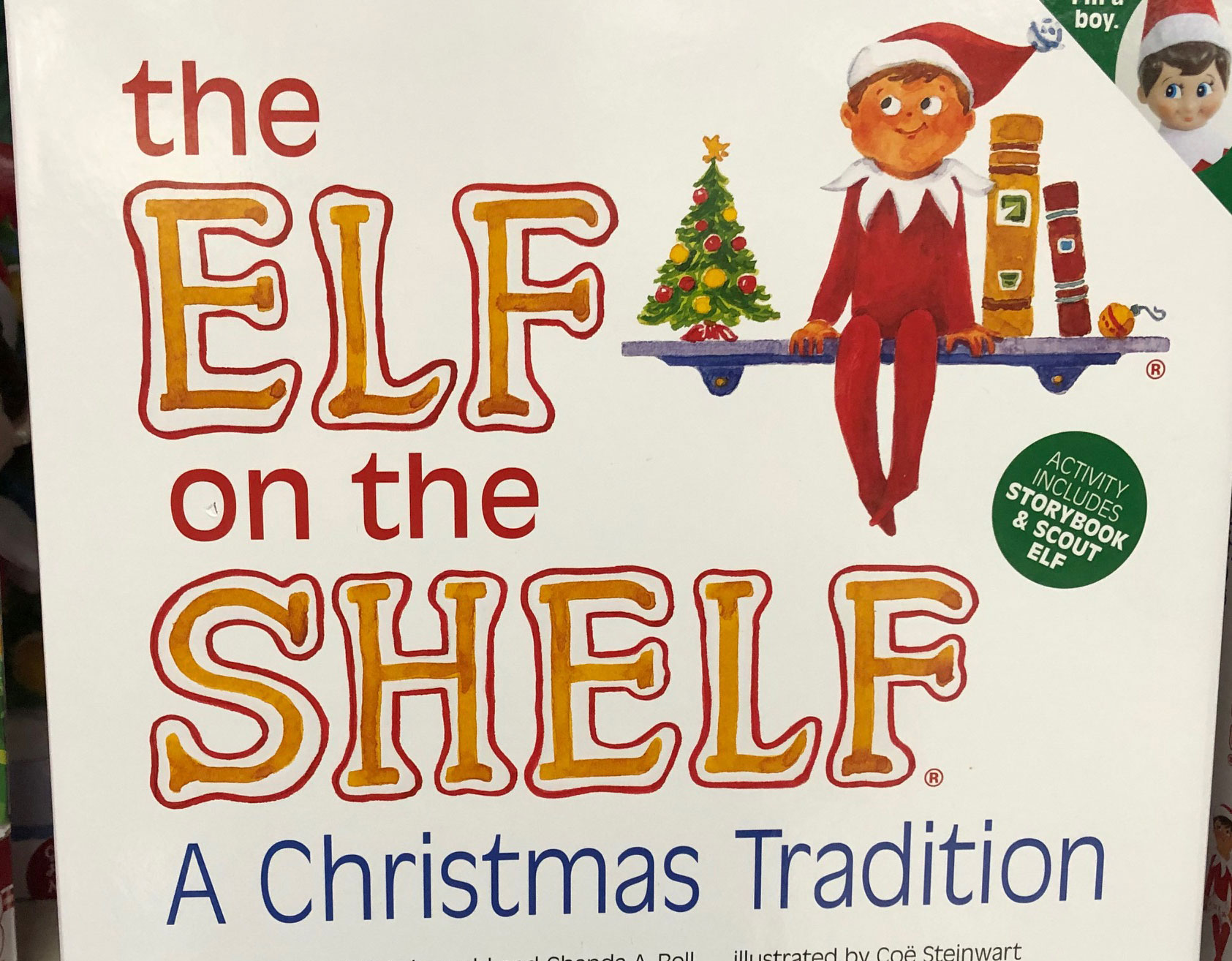Those old decorations might hold much more than memories
By Morf Morford
Tacoma Daily Index
It seems like everyone I know spends the last weekend of November and weekends and evenings in early December finding, fixing, untangling and maybe even tossing those, ahem, heirloom holiday decorations that we, if have not been too careful, have inherited or just somehow accumulated over the years.
After storage, these seasonal items can cause respiratory problems for many people, as we breathe in the mold and dust they have collected over the past 11 months.
According to the EPA (Environmental Protection Agency), Americans, on average spend approximately 90 percent of their holiday time indoors, where concentrations of some pollutants can be 2 to 5 times higher than the air we breathe outdoors. These conditions are made worse during the holidays as we add trees, decorations and candles around our homes which can be harmful for friends and family members who may also have – and unwittingly share – a cold or flu. And even if they don’t share, they can suffer allergies, asthma, or other respiratory issues which can be made far worse by those cute scented things.
Here are some common holiday decoration practices that contribute to unhealthy air quality in the home and ways to keep everyone safe this time of year:
“Christmas Tree Syndrome”
While the pine scent may be nice to smell, the pollen and mold remaining on a live Christmas tree are dangerous to breathe. Researchers at State University of New York found that 70 percent of the molds found in live trees can trigger severe asthma attacks, fatigue and sinus congestion.
As much as I like “real” trees – they are likely to bring in a host of uninvited guests – bugs – by the hundreds, if not thousands. Yes, I mean spiders, mites, aphids and much more. (1*)
Artificial trees can also cause problems, especially if they weren’t wrapped securely and have accumulated dust and mold spores while in storage.
Here are some tips before you set up the Christmas tree this year:
For Live Trees:
Hose off the tree to remove pollen and mold and let dry before you bring it inside.
Dust your tree with Diatomaceous Earth, an insecticidal powder that’s free of synthetic chemicals and harsh fragrances, and let it sit for at least 24 hours before decorating indoors.
Wear gloves and long sleeves when carrying the tree to avoid sap touching your skin.
Wipe down the trunk of the tree with a solution of 1-part bleach, 20 parts lukewarm water.
After all that, be vigilant with your vacuum cleaner.
For Artificial Trees:
Wrap the tree securely, store in a cool and dry place.
Wipe down the tree and ornaments before setting up.
Reduce the amount of spray snow to frost your tree and windows. Aerosolized chemicals can cause irritant reactions in the eyes, nose or lungs.


Dust off the decorations – They’ve been stored away for 11 months in garages, basements or attics which are known hangouts for mold and dust mites, carrying many allergens. Wipe those decorations off thoroughly with a damp cloth when you take them out of storage. After the holidays, pack decorations in plastic bags, or bins, not cardboard. Cardboard is notorious for collecting dust and promoting mold growth.
Avoid scented sprays and flocking – Canned ambiance could lead to irritated noses and throats, exacerbating respiratory issues. Instead, try a natural potpourri of water, cinnamon sticks, cloves and orange peels, simmering on the stove, to keep your home smelling fresh and festive.
Skip the scented candles – while they can create that warm cozy feeling in your home, candles can also lead to respiratory distress in people with severe allergies or asthma. Some scented, petroleum-based candles can produce soot, as well as irritating particles and gasses. Candles made from soy, hemp, or beeswax, or even ones using LED “flickering light” effects may be a better option.
Ditch the poinsettias – The colorful, traditional plant is everywhere during the holidays. But did you know poinsettias are members of the rubber tree family? That means anyone allergic to latex could develop anything from a rash to severe breathing problems, just by touching or inhaling the allergen. The plants can also be mildly toxic to pets, which can lead to vomiting, diarrhea or skin or eye irritation in dogs and cats.
The whole idea of holidays, after all, is to relax, enjoy time together and reflect on what matters most of all.
(1*) For a full list, and a few solutions, take a look here – https://www.goodhousekeeping.com/holidays/christmas-ideas/news/a41633/christmas-tree-bugs/







